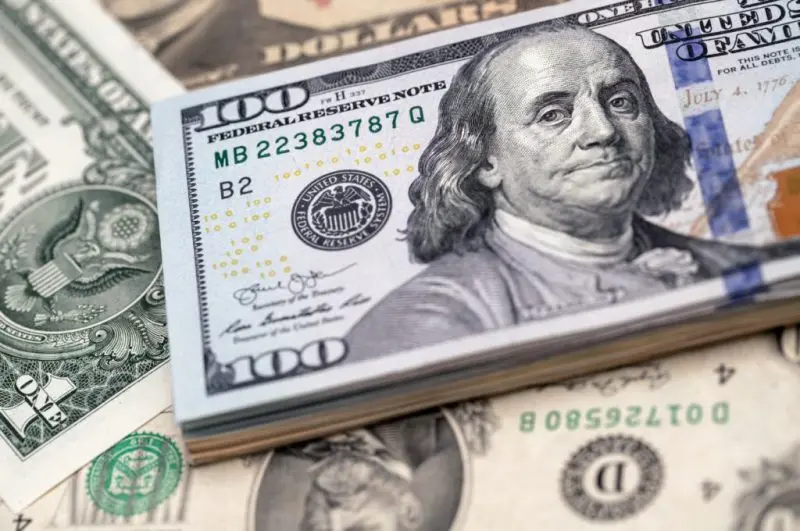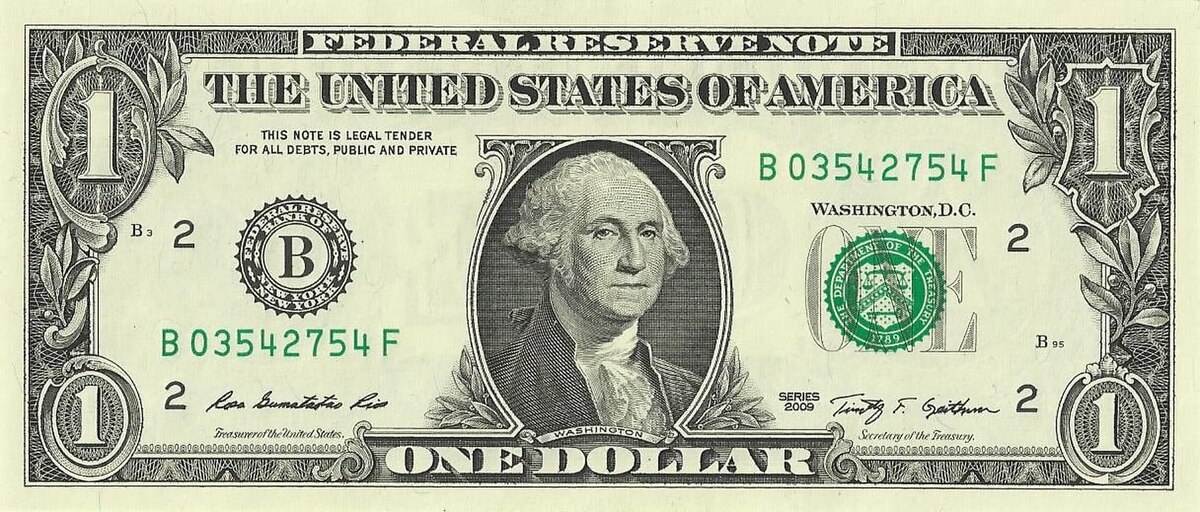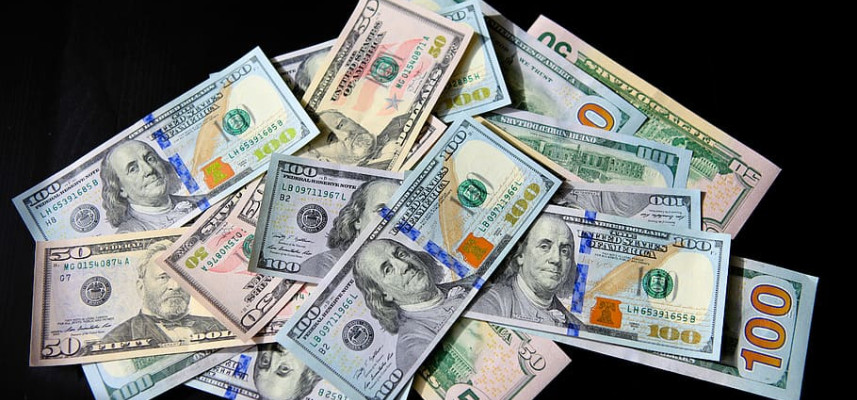
Table of Contents
The USD currency, or United States Dollar, is one of the most powerful and influential currencies in the world. Known for its stability, widespread acceptance, and pivotal role in global finance, the USD currency is a cornerstone of the international monetary system. From being the world’s primary reserve currency to facilitating international trade and investment, the USD currency’s impact is profound. In this article, we will explore the various facets of the USD currency, its significance in the global economy, and why it remains a symbol of financial stability and influence.
The Historical Evolution of the USD Currency

Origins and Early History
The origins of the USD currency date back to the late 18th century when the United States adopted the dollar as its official currency. The Coinage Act of 1792 established the U.S. Mint and defined the dollar based on a fixed quantity of silver. Over the years, the USD currency underwent numerous changes, reflecting the evolving economic landscape and the needs of a growing nation.
The Gold Standard and Bretton Woods System
In the 19th and early 20th centuries, the USD currency was backed by the gold standard, meaning that each dollar could be exchanged for a specific amount of gold. This system provided stability and confidence in the value of the USD currency. After World War II, the Bretton Woods Agreement established the USD as the world’s primary reserve currency, pegged to gold, while other currencies were pegged to the dollar. This system laid the foundation for the USD’s dominant role in global finance.
Transition to Fiat Currency
The gold standard was eventually abandoned in 1971, leading to the USD currency becoming a fiat currency, meaning its value is not backed by physical commodities but by the trust and confidence of its users. Despite this shift, the USD currency continued to maintain its position as the leading global currency due to the economic strength and stability of the United States.
The Global Significance of the USD Currency

The Primary Reserve Currency
The USD currency is the world’s primary reserve currency, held by central banks and financial institutions as part of their foreign exchange reserves. This status reflects the confidence that global markets have in the stability and reliability of the USD. The widespread use of the USD currency in reserves helps stabilize global financial systems and provides liquidity in times of economic uncertainty.
International Trade and Finance
The USD currency plays a critical role in international trade and finance. Many commodities, including oil, gold, and other raw materials, are priced in USD, making it the standard currency for global transactions. Additionally, international loans, investments, and contracts are often denominated in USD currency, further cementing its importance in the global economy.
Exchange Rate Influence
The USD currency has a significant influence on exchange rates around the world. Movements in the value of the USD can impact global trade balances, capital flows, and economic conditions in other countries. As a result, policymakers and investors closely monitor the USD currency’s performance to make informed decisions.
The Strengths of the USD Currency
Economic Stability
One of the key strengths of the USD currency is the economic stability of the United States. As the world’s largest economy, the U.S. has a diverse and resilient economic base, which supports the value and credibility of the USD currency. The country’s strong legal and institutional framework, along with its track record of sound monetary policy, enhances confidence in the USD.
Liquidity and Accessibility
The USD currency is highly liquid and accessible, making it easy to trade and convert. This liquidity is crucial for global markets, ensuring that businesses and investors can conduct transactions efficiently. The widespread acceptance of the USD currency also means that it can be used virtually anywhere in the world, providing unparalleled convenience.
Safe Haven Status
In times of economic uncertainty or geopolitical instability, the USD currency is often seen as a safe haven. Investors flock to the USD as a secure store of value, driving demand and reinforcing its strength. This safe haven status is a testament to the USD currency’s reliability and its role as a stable anchor in turbulent times.
Challenges Facing the USD Currency

Economic Shifts and Competitors
While the USD currency remains dominant, it faces challenges from emerging economies and alternative currencies. Countries like China are increasingly promoting their own currencies for international transactions, and the rise of digital currencies poses new competition. These developments could potentially reduce the USD currency’s influence over time.
National Debt and Fiscal Policy
The United States’ high levels of national debt and fiscal policy decisions can impact the value of the USD currency. Large deficits and debt levels can lead to concerns about long-term economic stability, affecting confidence in the USD. Maintaining prudent fiscal policies is essential to preserving the strength of the USD currency.
Geopolitical Risks
Geopolitical tensions and conflicts can also pose risks to the USD currency. Sanctions, trade disputes, and shifts in global alliances can affect the demand for USD-denominated assets. Managing these risks requires careful diplomacy and strategic economic policies to ensure the continued stability of the USD currency.
The Future of the USD Currency
Technological Innovations
Technological advancements, particularly in digital currencies and blockchain technology, are likely to shape the future of the USD currency. The development of central bank digital currencies (CBDCs) could enhance the efficiency and security of USD transactions, ensuring its continued relevance in the digital age.
Global Economic Leadership
The USD currency’s future will also depend on the United States’ ability to maintain its economic leadership. Investing in innovation, infrastructure, and education will be crucial for sustaining economic growth and reinforcing the USD currency’s global standing. By staying competitive and adaptive, the U.S. can ensure that the USD currency remains a pillar of the international monetary system.
Sustainable Practices
As global focus shifts towards sustainability, the U.S. can leverage its economic power to promote environmentally responsible policies. Aligning economic growth with sustainability goals can enhance the reputation and stability of the USD currency, attracting investors who prioritize ethical and sustainable investments.
Conclusion: Unlock the Power of the USD Currency
The USD currency is a symbol of financial stability, global influence, and economic strength. Its historical legacy, widespread acceptance, and pivotal role in international finance underscore its significance in the global economy. Despite facing challenges and evolving economic landscapes, the USD currency remains a cornerstone of the international monetary system.
Unlocking the power of the USD currency involves understanding its strengths, navigating its challenges, and leveraging its global influence. As a primary reserve currency and a safe haven asset, the USD currency provides unparalleled stability and security. Its liquidity and accessibility make it indispensable for global trade and investment, while its future will be shaped by technological innovations and sustainable practices.
For individuals, businesses, and governments, the USD currency offers a reliable and powerful tool for udintogel financial stability and growth. By recognizing its unique attributes and strategic importance, we can harness the full potential of the USD currency and navigate the complexities of the global economy with confidence.








